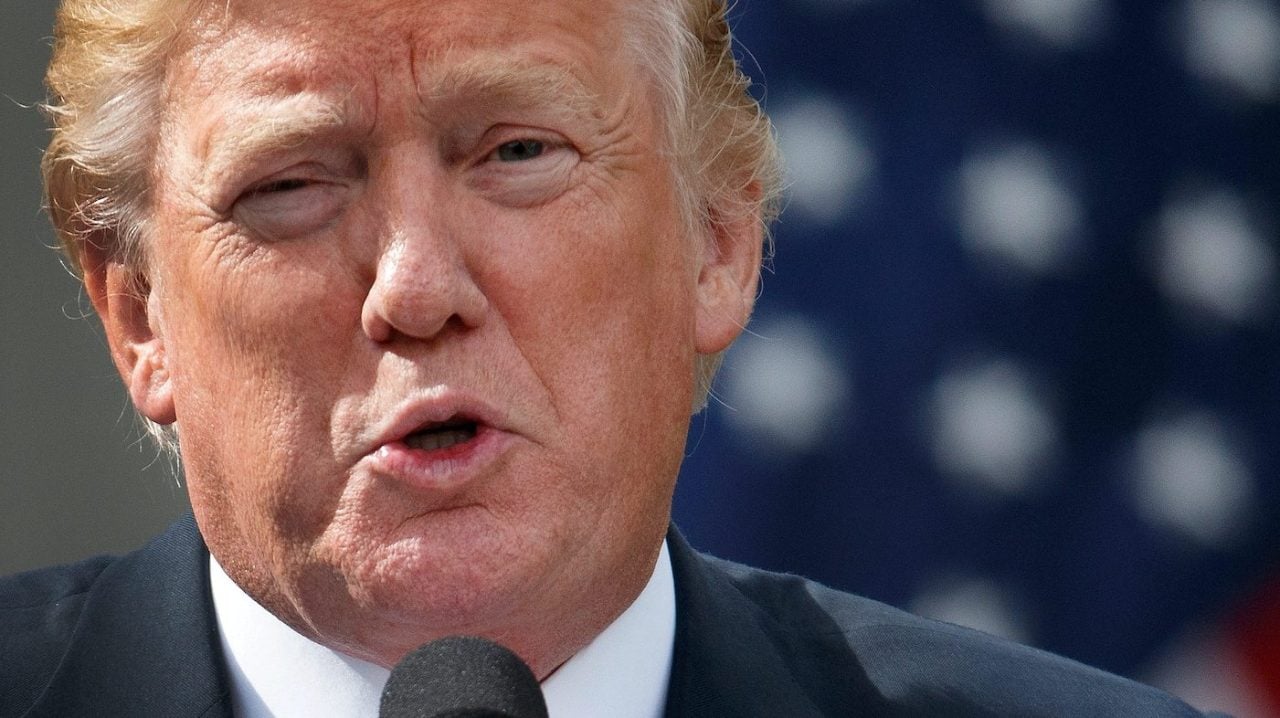Tax cuts and pandemic relief measures enacted during the Trump administration added $8.4 trillion to the national debt over the 10-year budget window, according to a study released Wednesday by a top budget watchdog group.
Discretionary spending increases from 2018 and 2019 added $2.1 trillion, Trump’s signature Tax Cuts and Jobs Act added $1.9 trillion and the 2020 bipartisan CARES Act for pandemic relief added another $1.9 trillion, the Committee for a Responsible Federal Budget (CRFB), a Washington think tank, found in a study released earlier this month.
“Of the $8.4 trillion President Trump added to the debt, $3.6 trillion came from COVID relief laws and executive orders, $2.5 trillion from tax cut laws, and $2.3 trillion from spending increases, with the remaining executive orders having costs and savings that largely offset each other,” budget experts with the CRFB wrote in a summary of the report.
The only significant deficit reduction enacted by the Trump administration noted in the report was due to tariffs levied on a variety of imported goods, which are calculated to have brought in $445 billion over 10 years.



No. Spending on much-needed infrastructure isn’t a zero sum expenditure. It’s an investment that invariably returns several times the money invested by helping all of society but especially those at the bottom who needs it the most and whose poverty and resulting decrease in ability to afford goods and services is hampering the economy second most of all factors (after the mega-rich hoarding the majority of all wealth and income, of course).
There would be no need to since it would be the best and most lucrative (for the people in general rather than a few billionaires and their corporations) investment that the US government ever made.
The government is funded by one of two ways- collected through taxes, or through debt. The debt is specifically in the form of treasury bonds, which is a loan paid back over time. the current bond yields for 20 and 30 year bonds are 4.75%.
we’ve been living on debt for years. Decades. Most years, for longer than I’ve been alive, we’ve been functioning off debt. Some of that is unavoidable- when responding to emergencies like COVID or hurricanes or fires… it’s prudent to use that card. But only if one pays off that debt in the relatively near term.
Infrastructure spending is necessary, but it doesn’t directly increase revenue. It does support economic activity, but in the US that is almost all private companies, meaning the only “gains” to US government revenue is through … taxes.
Which means, If we’re not paying more in taxes, then you’re flat wrong about “it paying for itself.”. Oh, and by the way. total revenue has been rather flat comprred to GDP since 2015.
Further more, Interest payment on debt is not something you can take out more debt for. So the solution to sustain long-term deficits like what the US has; is to put everything else on more debt. As you increase the amount of debt (34.1 trillion at the moment), that means, for a given tax revenue, the more we will have to continue using debt.
Dumping 8.4 trillion dollars of spending that we’ve known is needed for decades is bad. It increases our debt burden for generations, the effects of which means increasingly more debt. and the longer we keep having a deficit for things that we know need to be paid… the harder it’s going to be reverse, and the fewer services the US government can provide it’s citizens.
You can make arguments and justifications all you want. The reality is, sustaining a long term deficit is bad, and if it continues, it will eventually lead to the collapse of the US.